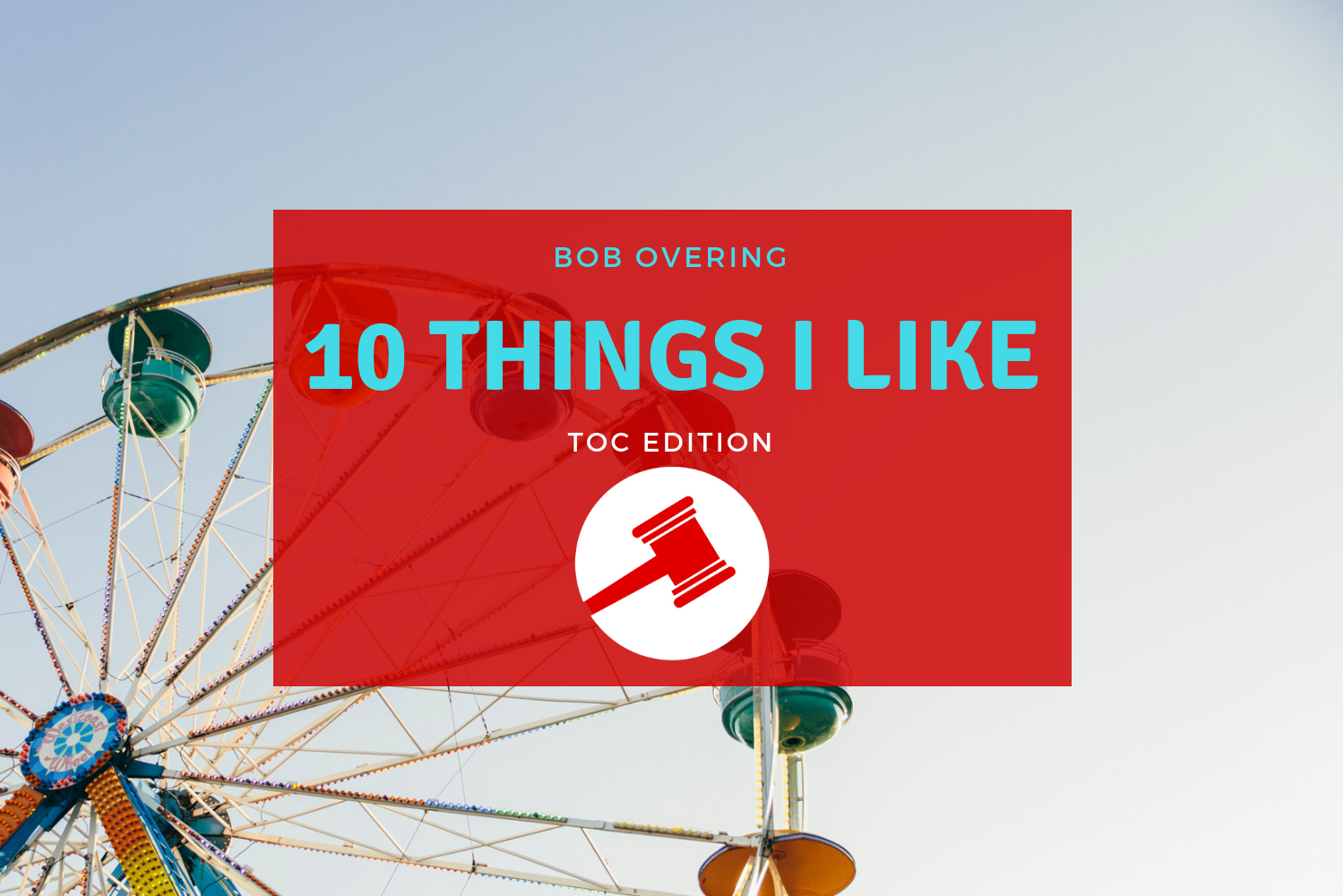Debate For All: Counterplans in LD #1

Explanation
Definition
A counterplan (or CP) is a specific advocacy forwarded by the negative debater to prove a superior option to doing the aff. That might sound complicated, but it’s not!
What is meant by “a specific advocacy?” A good CP names an actor/agent and an action. For example, on the September/October 2014 topic, the conscription CP against a United States-based affirmative might argue that the United States Federal Government (actor) should institute an organ draft where organs are forcibly taken from the deceased (action). The CP should be specific but not too specific. It needs to explain what the CP does in enough detail for the opponent and judge to understand it but not so detailed that it takes up significant speech time just to explain how it works.
What is meant by “a superior option?” The CP calls into question whether the aff is better than the next best alternative. In economic theory, this is called the “opportunity cost.” What opportunity is lost by voting aff? The CP should demonstrate that there is opportunity for the actor to perform a different action that would be better than the aff. The neg can prove the superiority of the CP by arguing that it solves for the aff’s harms/impacts more effectively or that it avoids some significant disadvantage to the aff. For example, a CP could argue for the superiority of an organ donation incentives CP on the basis that it avoids public backlash from presumed consent.
Components
Any counterplan should have four components: 1) the CP text, 2) competition, 3) solvency, and 4) net benefits. Briefly, the text is what you advocate, the competition is why the CP trades off with the aff, the solvency is how it deals with the problem, and the net benefit is what problem with the aff is avoided by the CP. Let’s go into more detail.
1) Text
As discussed above regarding the specificity of the CP, the text is what clearly defines the ground encompassed by the CP. Basically, what does the CP do and who does it? The text is very important because it holds the neg to a specific description of the counterplan. The 2NR should not add or remove parts of the counterplan at a whim. It must stick to the text.
Often, the text section includes a piece of evidence that clarifies and contextualizes the counterplan. A good CP has a solvency advocate, which is an author in the topic literature who defends the CP as a plan of action, someone who says, “I support X” where X is the CP.
Here’s an example CP text: “The United States ought to institute a mandatory organ draft with religious exemptions.”
2) Competition
Competition explains the “trade-off” between the aff and the CP and why the CP alone is the best option. Remember the discussion of opportunity cost above – the CP only responds to the aff if it shows that doing the aff forecloses the CP as an option. Otherwise, a policymaker would and should do both options. For instance, if the aff says “do presumed consent” and the CP says “cure cancer,” there is no logical reason not to do both! (This response from the aff is called a permutation and will be discussed in more detail in an upcoming post). There are two ways the CP can prove competition: a) prove a policymaker couldn’t do both the aff and the CP, or b) prove a policymaker shouldn’t do both the aff and the CP. If neither of those is met, then a policymaker deciding between the aff and the CP could and should do both, at which point the CP is not a preferable option to the aff.
Let’s talk about proving a) that a policymaker couldn’t do both. To prove this is to make an argument about mutual exclusivity. The most common kind of mutual exclusivity is called functional or mechanical (a lot of terms here, we know). This argument is that the CP and the aff are logically incompatible. For example, a country could not both have an opt-in system for organ procurement (the CP) and an opt-out system (the aff) . On the targeted killing topic, the United States could not both ban drones (the CP) and use them on Libya (the aff). This kind of competition is strategic because if the two are truly mutually exclusive, the neg only needs to prove the CP solves better than the aff.
To prove b) that a policymaker shouldn’t do both the aff and CP is to make an argument for competition on net benefits. The neg can argue that even if the two aren’t logically incompatible (they’re not mutually exclusive), the CP is preferable to a combination of the two. The best way to prove this is to read a disadvantage (DA) that applies to the aff but not the CP. If there is some problem with the aff that the CP avoids, that is a strong argument that the CP is net beneficial. This kind of competition is strategic because it allows the neg to defend CPs that are not logically incompatible with the aff as long as there is some disadvantage to the aff that the CP avoids or escapes. For instance, the neg could argue for increased research into organ printing technology as a CP, which is not incompatible with presumed consent legislation, but it might be competitive if there is some large disadvantage that the CP avoids. Say, the neg reads the medical trust DA, which says that presumed consent erodes trust in the medical system writ large. The organ printing CP does not link (the DA does not apply to the CP), so the CP is preferable to the aff. It is worth noting that the mere existence of the DA is not sufficient to prove that a policymaker shouldn’t do both – perhaps the benefits of the aff and CP are so great that they overcome (or outweigh) the DA. In this case, the neg would not have proven the CP alone is net beneficial.
3) Solvency
The neg should identify the main way the aff solves its impacts and argue the CP does it better. For example, most presumed consent affs solved organ shortage by increasing organ supply. A good CP will provide evidence for how it solves that impact, in this case, organ supply. This section should include a piece of evidence. A CP that competes on mutual exclusivity can win on solvency alone if it solves better than the aff. If the CP competes on net benefits, solvency is needed but is not sufficient to win because it does not prove the CP alone is better than the aff. To do that, you need a net benefit.
4) Net Benefits
The net benefits section states disadvantages to doing the aff that the CP avoids or escapes. Generally, a disadvantage has a particular form, which will be discussed in a later post.
Application
Let’s look at an example. Please download this organ sales counterplan written by Sacred Heart’s Adam Tomasi on the September/October topic “A just society ought to presume consent for organ procurement from the deceased.”
Before reading on, try to find the four components of a CP.
1) The CP text is fairly obvious. It’s labeled and comes at the very beginning to give the judge and opponent a heads-up as if to say “Hey this is a counterplan!” Adam’s CP text is “A just society ought to recognize personal property rights in organs by legalizing cadaveric organ sales.” If he were debating a more specific aff such as one that defends the United States as an actor, Adam might change his CP text to say “The United States ought to…” Otherwise, this CP text is specific enough that it gives an idea of what the CP is about but not so specific that it gets bogged down in details or waste speech time.
2) This CP competes on both mutual exclusivity and net benefits. First, the mutual exclusivity argument states that the aff is incompatible with organ sales because it denies a right to one’s own organs after death. This claim is backed up by the Pierscionek evidence, but it is not always necessary to read evidence for mutual exclusivity. Second, the net benefits. Adam has two clear net benefits for this counterplan we’ll discuss below in 4).
3) The clue for finding solvency here lies in Adam’s rhetoric: “The counterplan is sufficient to fully solve organ shortages.” If not explicitly labeled as solvency, the CP can prompt the opponent and judge to recognize solvency by using rhetoric like “The CP solves” or “The CP increases X” where X is the good impact the aff wants to solve too. It’s extremely important to have strong evidence in this section. Adam’s Beard card seems to use empirical data and makes a comparative argument about organ sales vs. current procurement policies, which is exactly what you want in a good solvency card.
4) The CP has two clear net benefits: a) the “ruse of solvency” argument backed by the Beard card and b) the paternalism and minority oppression argument in the Jacob card. How do we know these are net benefits? Neither says “this is a net benefit,” but the function is clear — Adam will use these pieces of evidence to show that there is a disadvantage or problem with doing the aff, i.e. presumed consent. From there, he can argue that the CP alone is better than the aff or a combination of the aff and the CP. If he wins 3) that the CP solves for organ shortage and that it also avoids the a) and b) problems with the aff, then he has a compelling 2NR ballot story.
FAQs
Please comment below if anything is unclear or could be elaborated on regarding the basics of counterplans, and we’ll add it to this FAQ section. Keep in mind there will be future installments on more complex issues.
Is it enough to show that my CP solves better than the aff?
Generally, no. You want to show not just that your CP solves better but that it also avoids some disadvantage to the aff. Many debaters new to policy-style arguments in LD will argue that solvency is a net benefit to the CP. This is incorrect. More likely than not, the CP is not 100% mutually exclusive with the aff, which means you need a reason it would be better to do just the CP (the net benefit), not just why it couldn’t be done.
Can I run a counterplan even if the aff doesn’t run a plan?
Yes! This is often when reading a CP might be most strategic because the aff relies on very general solvency. The aff may defend the resolution generally, but the neg can defend some more specific mechanism. There is nothing wrong with this strategy. It may be harder to generate mutual exclusivity if it’s unclear what the aff defends. In this case, the neg should try to establish competition with some pointed cross-ex questions about the extent of the aff’s advocacy.
What if the aff doesn’t have a utilitarian or consequentialist framework?
A CP can work under a multitude of frameworks. Say the aff defends a Rawlsian framework about protecting the least well off. The CP might claim to solve for the least well off better than the aff. A strategic CP will function under both the aff and neg frameworks such that the 2NR can choose to concede the aff framework and still win the debate on the CP.
Can’t I just add the words “and don’t do the aff” to my CP to make it competitive?
No. This is called artificial competition because it uses the words of the CP to make two actions or policies that would not normally be competitive now mutually exclusive. The key is that it uses the wording of the CP text, but there is no functional mutual exclusivity. For instance, if the aff defends presumed consent and the CP is “cure cancer and don’t do presumed consent,” the two actions do not logically conflict. A policymaker could pass both. Thus, affs should claim a) this competition is unfair and b) perm do the aff and the part of the counterplan that’s not “don’t do the aff.”




1 Comment
[…] Counter Plans […]